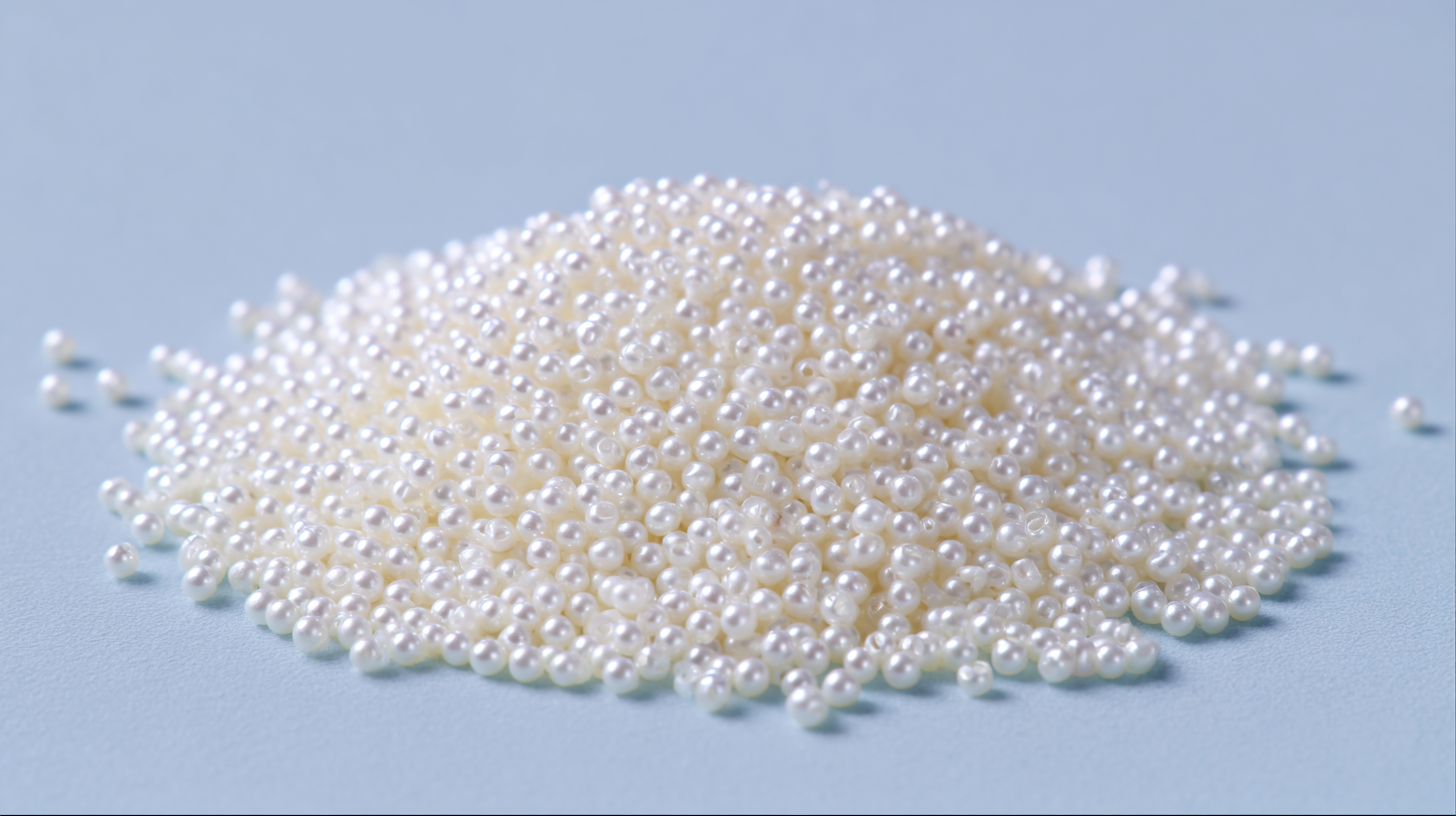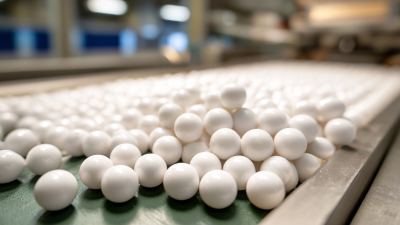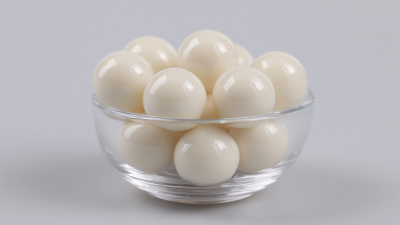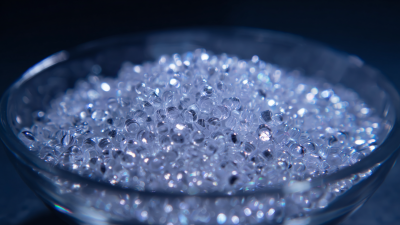In the ever-evolving landscape of industrial applications, the demand for high-performance grinding media has surged, with Zirconia Beads for Grinding Media emerging as a top choice among manufacturers. According to a recent market analysis by Research and Markets, the global grinding media market is projected to reach $9.2 billion by 2026, driven by the need for quality and efficiency in various sectors, including ceramics, paints, and pharmaceuticals. The superior properties of zirconia beads—such as their high density, wear resistance, and cost-effectiveness—make them an ideal solution for enhancing productivity in grinding operations.
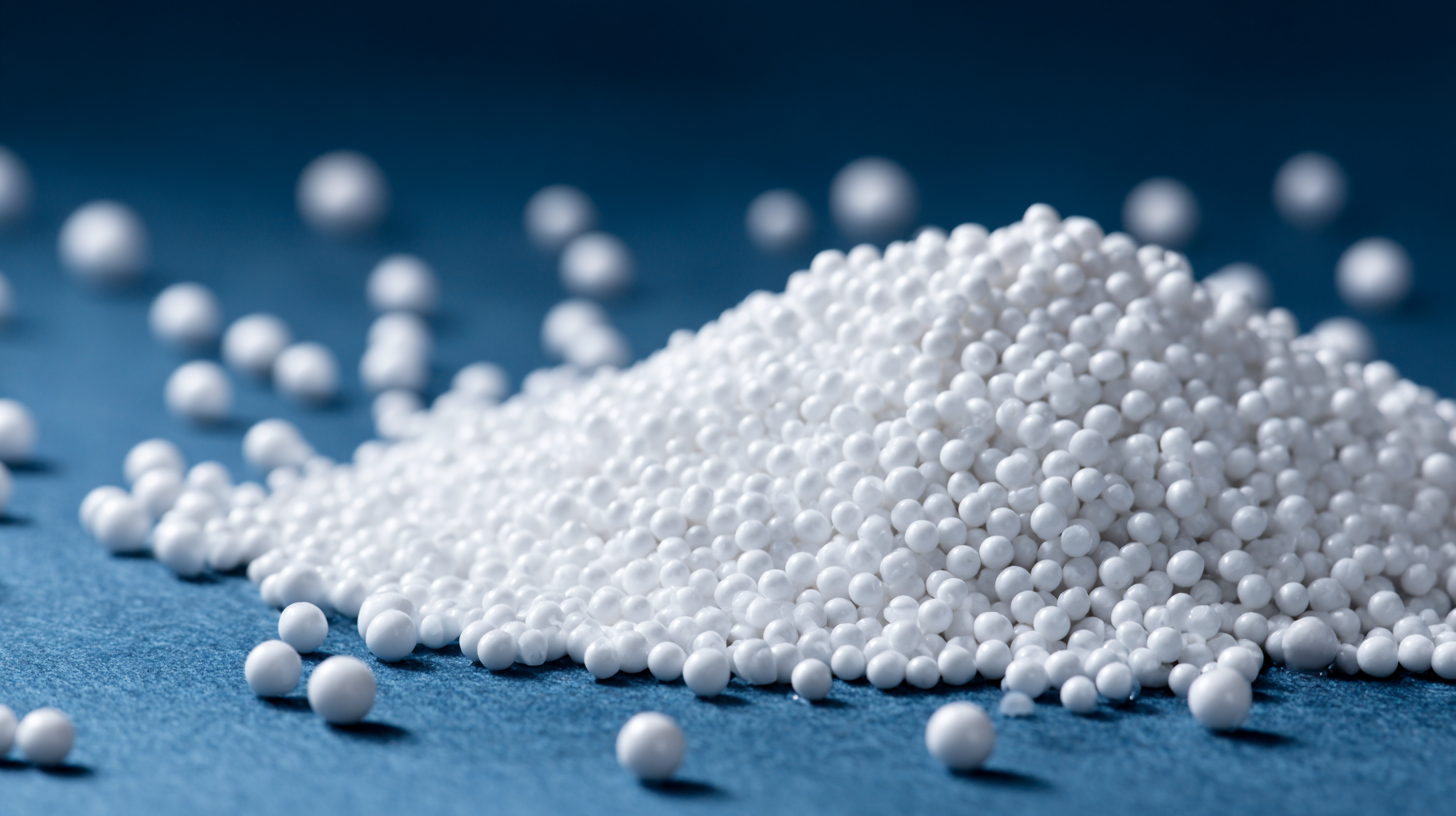
As industries strive for innovation and improvement, understanding the top benefits of using Zirconia Beads for Grinding Media can guide decision-makers in selecting the most suitable grinding solutions tailored to their specific needs. In this context, we will explore the top five advantages that these advanced beads offer, demonstrating why they have become fundamental in the grinding media landscape.
 Zirconia beads have become a favored choice in industrial grinding applications, particularly due to their remarkable ability to reduce wear and tear on grinding equipment. Research indicates that using zirconia as a grinding media can lead to a significant decrease in wear rates, with some studies showing reductions of up to 50% compared to traditional ceramic materials. This advantage is attributed to zirconia's superior toughness and density, which not only enhances its longevity but also improves the efficiency of the grinding process.
Zirconia beads have become a favored choice in industrial grinding applications, particularly due to their remarkable ability to reduce wear and tear on grinding equipment. Research indicates that using zirconia as a grinding media can lead to a significant decrease in wear rates, with some studies showing reductions of up to 50% compared to traditional ceramic materials. This advantage is attributed to zirconia's superior toughness and density, which not only enhances its longevity but also improves the efficiency of the grinding process.
Moreover, the enhanced performance of zirconia beads contributes to lower operational costs in the long run. According to a recent market analysis, minimizing equipment wear directly correlates to extended machinery lifespan and reduced frequency of maintenance interventions. Industries utilizing zirconia beads report an average increase in equipment lifespan by 30%, thereby maximizing production uptime and profitability. These factors underscore the critical role that advanced grinding media, such as zirconia beads, play in optimizing industrial processes and maintaining high standards of productivity.
Zirconia beads have emerged as a critical component in enhancing grinding efficiency across various industrial processes. Their exceptional hardness and toughness significantly outperform traditional grinding media, such as glass or steel. According to a report by the Global Grinding Media Market, zirconia beads can deliver up to 30% more efficiency in energy consumption when utilized in milling operations. This efficiency is largely due to their ability to minimize wear and tear on equipment while maintaining optimal grinding performance, resulting in lower operational costs over time.
Moreover, the advanced properties of zirconia beads contribute to a finer and more consistent particle size distribution, a fundamental aspect for industries such as pharmaceuticals and chemicals where precision and quality are paramount. Studies indicate that using zirconia beads can achieve particle sizes as fine as 50 nanometers, which is crucial for producing high-quality end products. This efficiency not only accelerates production times but also enhances the overall quality of the final products, aligning with industry standards and consumer demands. As industries continue to seek ways to optimize their processes, the adoption of zirconia beads as grinding media proves to be a forward-thinking approach.
Zirconia beads have emerged as a superior choice for grinding media in industrial applications, particularly due to their ability to minimize contamination risks. Compared to traditional grinding media, zirconia beads offer a non-reactive surface that effectively reduces material interactions, ensuring the integrity of the milled product. A study published in the "International Journal of Advanced Manufacturing Technology" indicates that the use of zirconia beads can lead to a contamination rate of less than 0.1%, significantly lower than that of metal-based media, which often leach ions into the milled material.
Moreover, recent advancements in milling technologies highlight the growing demand for contamination-free processes. For instance, cryo-milling with alternative materials, such as spherical crystalline cellulose beads, demonstrates comparable particle size outcomes without the risk of contaminating substances. This trend reflects a larger industry shift towards integrating safer, non-reactive materials in milling applications, underscoring the pivotal role that zirconia beads play. As organizations seek to adhere to stringent quality control measures, the adoption of zirconia beads presents a compelling case for achieving high purity in the final product while maintaining efficiency in large-scale operations.
Zirconia beads have emerged as a highly cost-effective solution for grinding media in various industrial applications. According to a recent report from Allied Market Research, the global grinding media market is projected to reach $6.8 billion by 2025, with zirconia beads accounting for a significant share due to their durability and efficiency. Unlike traditional grinding media, zirconia beads exhibit lower wear rates, leading to reduced material costs and prolonged lifespan in processes such as paint, ink, and coatings manufacturing. This longevity translates to fewer replacements and a noticeable decrease in overall operational costs over time.
In addition to lower replacement frequency, zirconia beads also contribute to enhanced energy efficiency during grinding operations. A study published in the Journal of the American Ceramic Society indicates that the high density and smooth surface of zirconia beads facilitate faster milling rates while consuming less energy. This not only reduces power consumption but also minimizes downtime and maintenance costs, making zirconia beads a valuable investment for manufacturers. With these economic advantages, industries can expect significant long-term savings, reinforcing the practicality of incorporating zirconia beads into their grinding processes.
Zirconia beads have gained prominence as a preferred grinding media across various industrial applications due to their remarkable versatility. These beads are engineered from zirconium dioxide, which not only enhances their durability but also optimizes their performance in diverse grinding environments. The high hardness and wear resistance of zirconia beads make them suitable for both wet and dry milling processes, allowing industries such as ceramics, paints, and pharmaceuticals to achieve fine particle sizes efficiently.
Another key advantage of zirconia beads is their chemical inertness, which prevents contamination during grinding. This property is particularly beneficial in industries dealing with sensitive materials, where purity is paramount. Additionally, the uniform size and shape of these beads facilitate consistent grinding performance, reducing operational downtime and maintenance costs. As businesses seek innovative solutions to meet evolving production demands, the adaptability of zirconia beads positions them as a vital component in modern industrial grinding applications.
